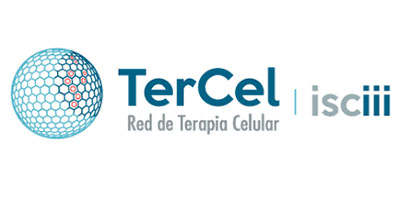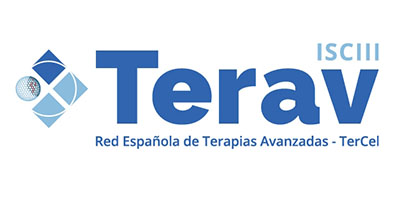Cell and Molecular Neurobiology of Parkinson's Disease (Neurolab)
Over the last 30 years he led a team of multidisciplinary researchers, assembled in his laboratory at the University of Santiago de Compostela. This group performed extensive research on the cellular and molecular mechanisms involved in the degeneration of dopaminergic neurons in Parkinson's disease, combining anatomy and embryology knowledge with state of the art techniques in molecular biology and stem cell culture and manipulation. Their research activity is centered on the mechanisms responsible for dopaminergic neuron degeneration and the development of new therapeutic strategies for Parkinson's disease. In recent years this work uncovered the role of angiotensin renin system in neuroinflammation in the nervous system, and the interaction of this system with COVID-19 and metabolic syndrome.
Research Lines
Basic research in Parkinson's disease
The group has a vast experience in modeling Parkinson's disease. These models recapitulate important aspects of the disease and help to elucidate the molecular basis of this and related neurodegenerative diseases. By investigating previously stablished models of Parkinson's disease we have identified several factors contributing to the progression of the disease, such as oxidative stress, mitochondrial dysfunction, neuroinflammation, genetic mutations and protein aggregation, altered autophagy and toxicity.
Development of neuroprotective strategies
By addressing these issues (e.g. inflammasome and autophagy regulation) we could improve the survival of the dopaminergic neurons in models of Parkinson's disease, opening the field for clinically-oriented approaches.
Brain renin-angiotensin system
In the last few years, we have been particularly interested in the role of the brain renin-angiotensin system in neurodegeneration/neuroprotection of dopaminergic neurons (see Figure 1). Its implication in Parkinson disease via oxidative stress, inflammation and mitochondrial regulation make this system an ideal target for modulation of the disease. Several lines of evidence point to a crucial role of renin-angiotensin system in the progression of Parkinson's disease and other chronic disease, such as metabolic syndrome and COVID19.
Mutant and misfolded alpha-synuclein protein
Mutant and misfolded alpha-synuclein protein and Lewy bodies are hallmarks of Parkinson's disease. Synuclein aggregation and interaction with other proteins disrupt normal cellular function and lead to cell death.
In vitro generation of dopaminergic neurons
In vitro generation of dopaminergic neurons from neural stem cells or induced pluripotent stem cells (iPs) for research in Parkinson's disease. These cells are useful for cell therapy, as well as modeling the disease and drug discovery. We are investigating the use of stem cell therapy to replace damaged or dying brain cells in models Parkinson's disease. Also, by using these cells, we could alleviate the burden imposed in animal models of the disease, as well as improve currently used strategies for disease modeling and drug discovery for Parkinson.
Dyskinesias
Dyskinesias- Among therapeutic goals, the tackling and management of dyskinesias is another line of research. These involuntary movements appear during the progression of the disease, typically associated to currently used clinical therapies, but the causes of these dyskinesias and how to reduce their appearance is still unclear.
Early markers of Parkinson disease
Early markers of degeneration are absolutely necessary for development of neuroprotective treatments, as the clinical symptoms of the disease appear when about 80% of dopaminergic terminals have already dissapeared.
Members
Selected publications
Angiotensin type-1 receptor and ACE2 autoantibodies in Parkinson's disease
Dose-dependent effect of mesenchymal stromal cells co-grafted with dopaminergic neurons in a Parkinson's disease rat model
An ACE2/Mas-related receptor MrgE axis in dopaminergic neuron mitochondria
Experimental data using candesartan and captopril indicate no double-edged sword effect in COVID-19.
Dopamine regulates adult neurogenesis in the ventricular-subventricular zone via dopamine D3 angiotensin type 2 receptor interactions
Autoantibodies against ACE2 and angiotensin type-1 receptors increase severity of COVID-19
The intracellular renin-angiotensin system: Friend or foe. Some light from the dopaminergic neurons.
Interactions between ibuprofen, ACE2, renin-angiotensin system, and spike protein in the lung. Implications for COVID-19.
Angiotensin type 2 receptors: Role in aging and neuroinflammation in the substantia nigra
Rho kinase inhibitor fasudil reduces l-DOPA-induced dyskinesia in a rat model of Parkinson's disease.








